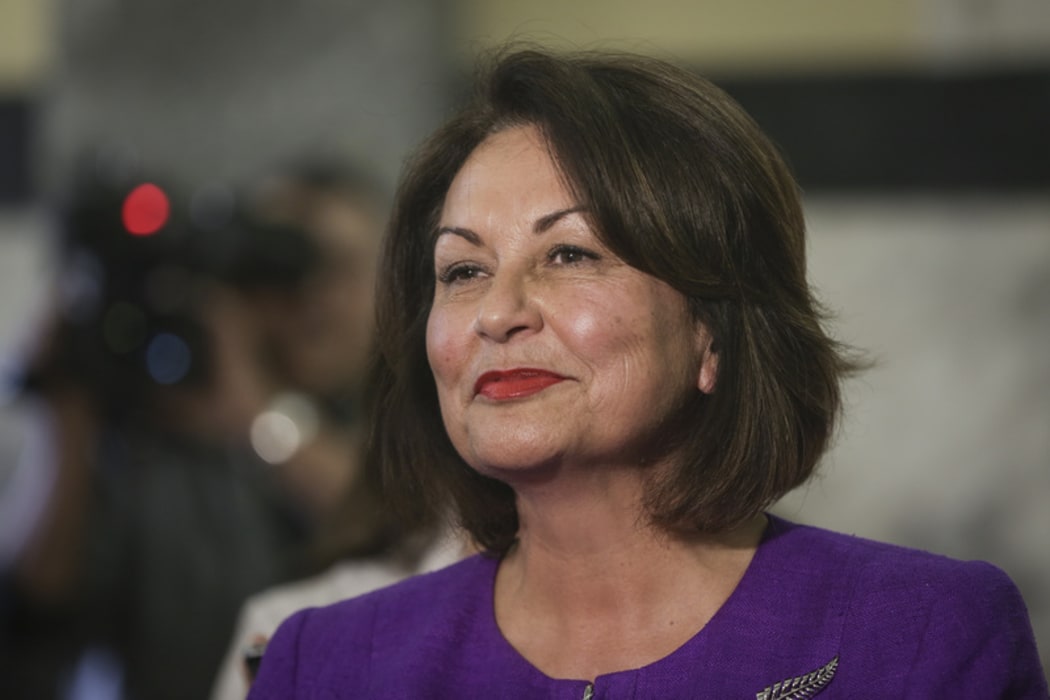The government has abandoned plans to introduce a form of bulk funding, after sustained opposition from teachers and principals.

Education Minister Hekia Parata Photo: RNZ / Rebekah Parsons-King
The proposal would have let schools trade teachers for additional cash to spend on other resources.
The government will still push ahead with six other proposed changes, including replacing the decile funding system, increasing the amount of money going to private schools and stopping schools from spending their property money on other things.
It aimed to introduce the new funding system, for both schools and early childhood centres, by 2020.
The Post Primary Teachers Association (PPTA) and the Educational Institute - the two teachers' unions - said the bulk funding decision was a big win for the teachers, principals and parents who opposed it.
They were still wary of other proposals in the funding review, such as ring-fencing schools' property funding.
The government said that proposal would ensure schools did not fall into disrepair that could result in further expense.
Educational Institute president Louise Green said schools used that money because they were underfunded.
"The only reason principals do that is because there is not enough money to actually meet the real needs of kids in their schools and centres," she said.
"For myself as a principal, if it meant the difference between actually meeting the needs of kids who are right here, they're living, they're breathing, and painting the hall and putting that off for six months or a year, kids come through all the time."
Ring-fencing property funding would highlight underfunding and put pressure on parents to pay for more, she said.
An important part of the goverment's plans was replacing the decile system, which allocated extra funding to schools with students from disadvantaged backgrounds based on indicators applied to census information about local neighbourhoods.
The government has proposed replacing the deciles with indicators using government data about individual children and their families.
A Cabinet paper said the latest version of that system, using 19 indicators, was a more accurate predictor of under-achievement than the decile system.
Forty-two percent of the children that school deciles identified as disadvantaged did poorly at school, the paper said.
But 57 percent of children identified as disadvantaged by the new set of indicators were doing badly.
The indicators included the proportion of time spent since birth on benefits, whether the child had a Child Youth and Family notification, the mother's age and the child's gender.
PPTA president Angela Roberts said overseas experience showed that better identification needed to be accompanied by better funding.
The unions were also concerned about plans to fund schools on a per-child basis.
"For rural schools, for small schools, that is going to be incredibly difficult. It really threatens their viability," Ms Roberts said.
Education Minister Hekia Parata said she was disappointed teachers and principals had opposed the global funding proposal.
"It's very clear that principals and boards are not yet ready for that level of flexibility and responsibility," she said.
The funding review aimed to put government funding where it was needed most.
"We want to be able to make a difference early."
The government spent $11 billion on school and early childhood education each year, Ms Parata said.





